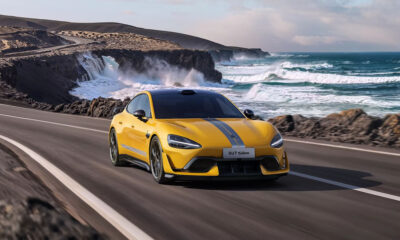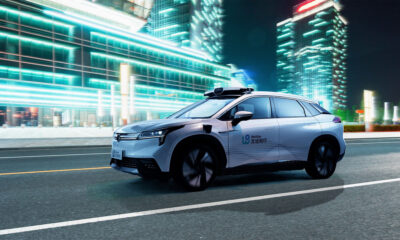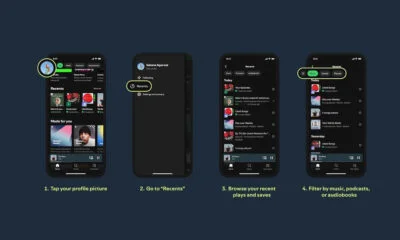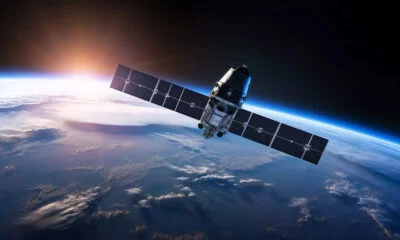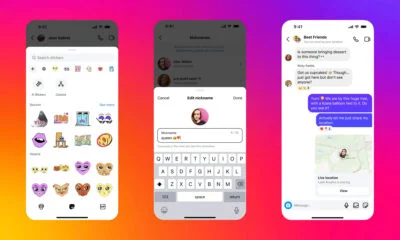News
How Motorsports Teams Use Big Data To Drive Innovation On The Racetrack
Discover how the best motorsports teams in the world use the vast volumes of data they generate to achieve an edge over the competition.
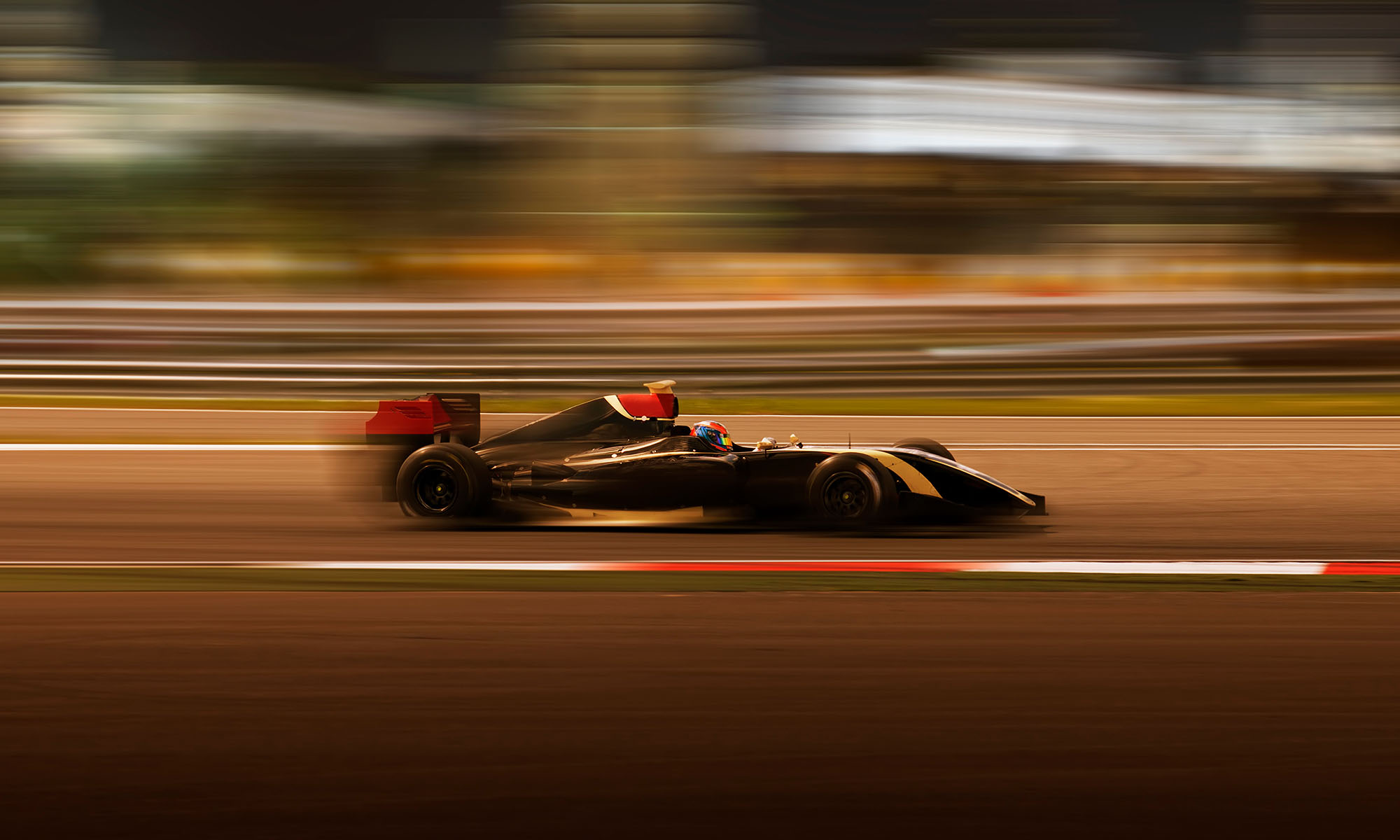
Motorsports — some may not view them as real sports, but nowhere else can you see man and machine working together in perfect harmony, pushing to the absolute limit of performance. While the best racing drivers in the world are battling it out on track, there’s another race going on behind the scenes: a battle of minds with some of the brightest engineers in the world working to extract every ounce of performance out of their machinery. Motorsports are as much a competition for the engineers and crew as it is for the drivers themselves.
At their very core, motorsports are all about finding an advantage over your competitors, however large or small, because every little bit counts. And the best way to gain a competitive edge over your rivals is to use data — tons and tons of it.
Using Data To Unlock On-Track Performance
Racing teams generate and analyze huge volumes of data per race; we’re talking tens of terabytes measuring every single aspect — even the most minute — of not only the vehicle’s performance but also the driver’s.
There are many different categories and classes of motorsports, ranging from road cars to purpose-built racing cars like in Formula One or bikes in the case of MotoGP. These two motorsports have the most popular championships in the world, but for simplicity’s sake, we’re going to stick with Formula One (F1), described as the very pinnacle of motorsports.
Teams collect data for three main reasons: to measure the vehicle’s performance on track, to measure the driver’s performance, and to help the engineers identify and understand key areas of improvement on the car.
F1 cars have thousands of sensors monitoring parameters such as tire temperature, brake temperatures, engine performance, component wear, and so on in real time (known as telemetry data). These teams can also use the data gathered, along with feedback they receive from the drivers, to make minor real-time adjustments to the car during the race, such as engine power settings. This telemetry, along with the weather information the teams gather, can also enable them to devise effective race strategies to decide exactly when to pit and change tires and what compound of tires to switch to, especially when weather conditions are unpredictable.
If this wasn’t impressive enough, the race engineers can also view the driver’s exact inputs: when they’re braking, accelerating, and turning into a corner, alongside a host of other information like heart rate and other biometric data. The engineers can then give them feedback on what is working and what isn’t, enabling the driver to adjust their approach to extract even more performance out of themselves and the car. It’s safe to say that in modern F1, even the cars are data-driven.
Data-Driven Development In The Factory
The petabytes of data gathered by racing teams on the track are then analyzed after the race to determine what areas of the car need improvement. Since F1 greatly restricts on-track testing, teams are forced to rely on incredibly complex simulations to develop the car. The more accurate data they use, the more accurate these simulations.
This data is also used by the team to develop F1 car simulators that are used by the drivers. These simulator rigs are much more accurate, complex, and unsurprisingly expensive compared to consumer simulator rigs. This simulator testing plays a major role in not only helping the engineers understand the characteristics of the car without having to perform on-track testing, but also in helping them set up the car for a race. Each track is different, and the car setup varies depending on the track and weather conditions during the race weekend.
Data Is King
In motorsports, every little advantage can make a difference. And with F1’s recently introduced budget cap, teams can no longer dump huge amounts of money to fix any issues with their cars, meaning data is now the most valuable currency in F1.
Big data analytics will only continue to play an increasingly prominent role in motorsports as has been the case since the early 80s. The most competitive teams are those that know how to effectively use the vast amounts of data at their disposal to drive innovation on the racetrack.
News
Samsung Smart Glasses Teased For January, Software Reveal Imminent
According to Korean sources, the new wearable will launch alongside the Galaxy S25, with the accompanying software platform unveiled this December.
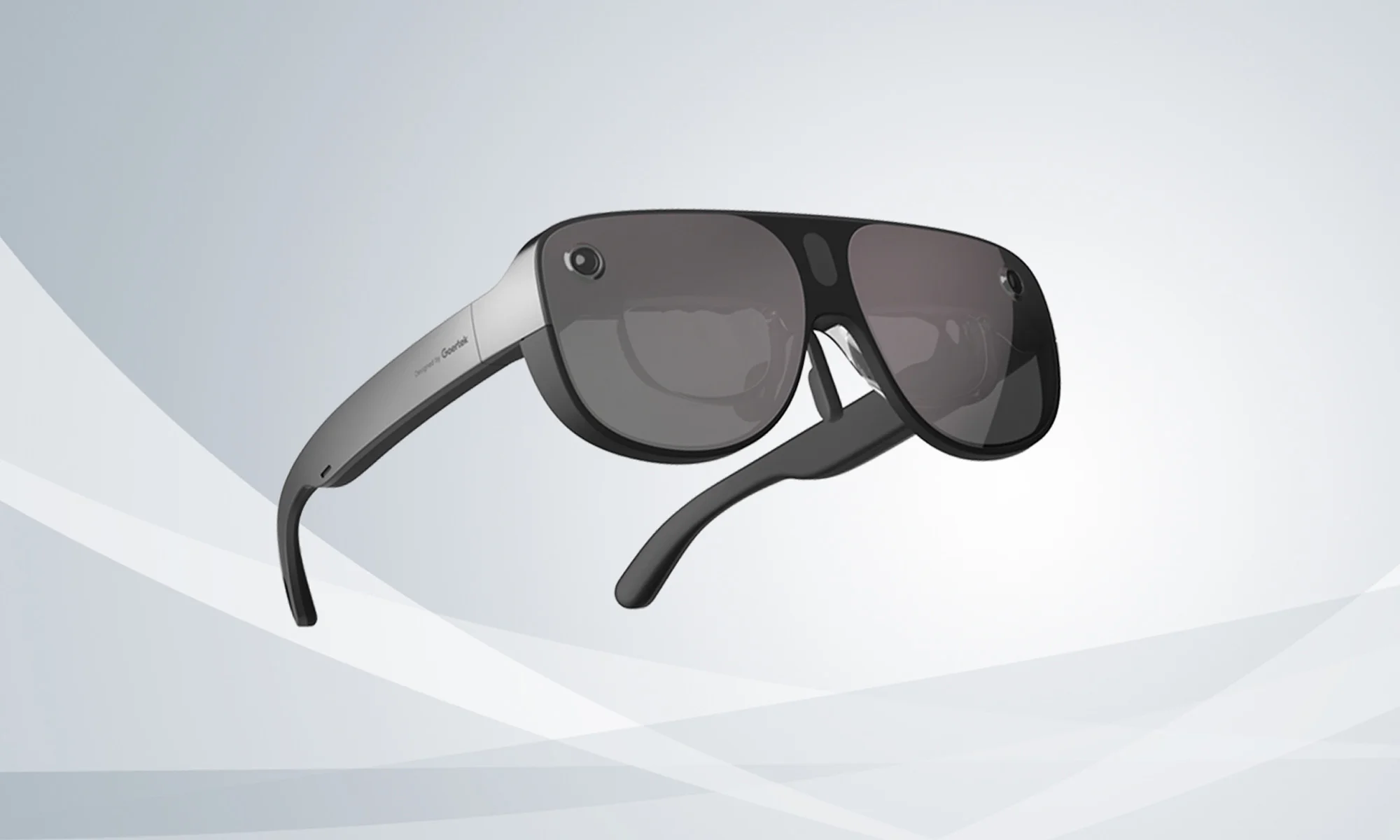
Samsung appears poised to introduce its highly anticipated smart glasses in January 2025, alongside the launch of the Galaxy S25. According to sources in Korea, the company will first reveal the accompanying software platform later this month.
As per a report from Yonhap News, Samsung’s unveiling strategy for the smart glasses echoes its approach with the Galaxy Ring earlier this year. The January showcase won’t constitute a full product launch but will likely feature teaser visuals at the Galaxy S25 event. A more detailed rollout could follow in subsequent months.
Just in: Samsung is set to unveil a prototype of its augmented reality (AR) glasses, currently in development, during the Galaxy S25 Unpacked event early next year, likely in the form of videos or images.
Additionally, prior to revealing the prototype, Samsung plans to introduce…
— Jukanlosreve (@Jukanlosreve) December 3, 2024
The Galaxy Ring, for example, debuted in January via a short presentation during Samsung’s Unpacked event. The full product unveiling came later at MWC in February, and the final release followed in July. Samsung seems to be adopting a similar phased approach with its smart glasses, which are expected to hit the market in the third quarter of 2025.
A Collaborative Software Effort
Samsung’s partnership with Google has played a key role in developing the smart glasses’ software. This collaboration was first announced in February 2023, with the device set to run on an Android-based platform. In July, the companies reiterated their plans to deliver an extended reality (XR) platform by the end of the year. The software specifics for the XR device are expected to be unveiled before the end of December.
Reports suggest that the smart glasses will resemble Ray-Ban Meta smart glasses in functionality. They won’t include a display but will weigh approximately 50 grams, emphasizing a lightweight, user-friendly design.
Feature Set And Compatibility
The glasses are rumored to integrate Google’s Gemini technology, alongside features like gesture recognition and potential payment capabilities. Samsung aims to create a seamless user experience by integrating the glasses with its broader Galaxy ecosystem, starting with the Galaxy S25, slated for release on January 22.


